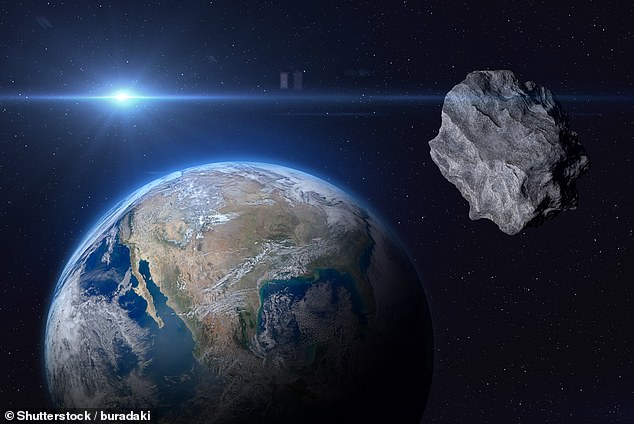
Earth’s 6+ Hidden Moons: Scientists Discover Surprising New Celestial Neighbors
Earth’s Hidden "Minimoons" Revealed
Contrary to popular belief, Earth doesn’t just have one moon. Researchers suggest our planet hosts up to six temporary “minimoons” at any given time. These tiny satellites, often just 6 feet in diameter, likely originate from lunar debris ejected during ancient asteroid impacts on the Moon. Once freed by collisions, some fragments drift into Earth’s orbit, forming fleeting cosmic companions before escaping into space or colliding with our planet.
A Dynamic Dance in Orbit
Most minimoons, or “temporarily bound objects” (TBOs), linger in Earth’s gravitational pull for months to years. As they break free, new ones replace them in a cosmic cycle. Robert Jedicke of the University of Hawaii likens it to a square dance: “Partners change regularly, and sometimes leave the floor.” According to a study in Icarus, about 6.5 meter-sized minimoons orbit Earth at any moment.
[Image: Artistic depiction of minimoons orbiting Earth]
Lunar Origins Challenge Old Theories
Previously, scientists assumed minimoons came from the asteroid belt between Mars and Jupiter. However, new analysis of two TBOs—Kamo’oalewa and 2024 PT5—suggests they’re actually lunar fragments. Kamo’oalewa, discovered in 2016, reflects light similarly to Moon rocks and shares their silicate-rich composition. Similarly, 2024 PT5, which orbited Earth in late 2024, exhibited the same lunar traits.
[Image: Illustration of asteroid impacting the Moon, ejecting debris]
Clues in Light and Composition
Asteroids typically differ in mineral makeup from the Moon, but Kamo’oalewa and 2024 PT5 match lunar samples. Astronomers used telescopes like Pan-STARRS1 to study their orbits and spectra, confirming their likely origin as ancient lunar ejecta. These findings challenge the notion that all near-Earth objects are asteroids.
Earth’s “Grandparent” Role
The giant impact hypothesis, which posits the Moon formed from Earth debris after a collision with a Mars-sized planet 4 billion years ago, gains support. If minimoons like Kamo’oalewa are confirmed as lunar offspring, Earth would technically be their “grandparent.”
[Image: Simulation of 2024 PT5 as a minimoon near Earth]
Why Study Minimoons?
These tiny moons offer insights into lunar history and asteroid dynamics. Future missions could retrieve samples, revealing secrets of the Moon’s surface and early solar system. As detection technology improves, more minimoons may emerge, rewriting our understanding of Earth’s cosmic neighborhood.
In a universe where even moons have moons, Earth’s celestial dance proves more intricate than we ever imagined.


